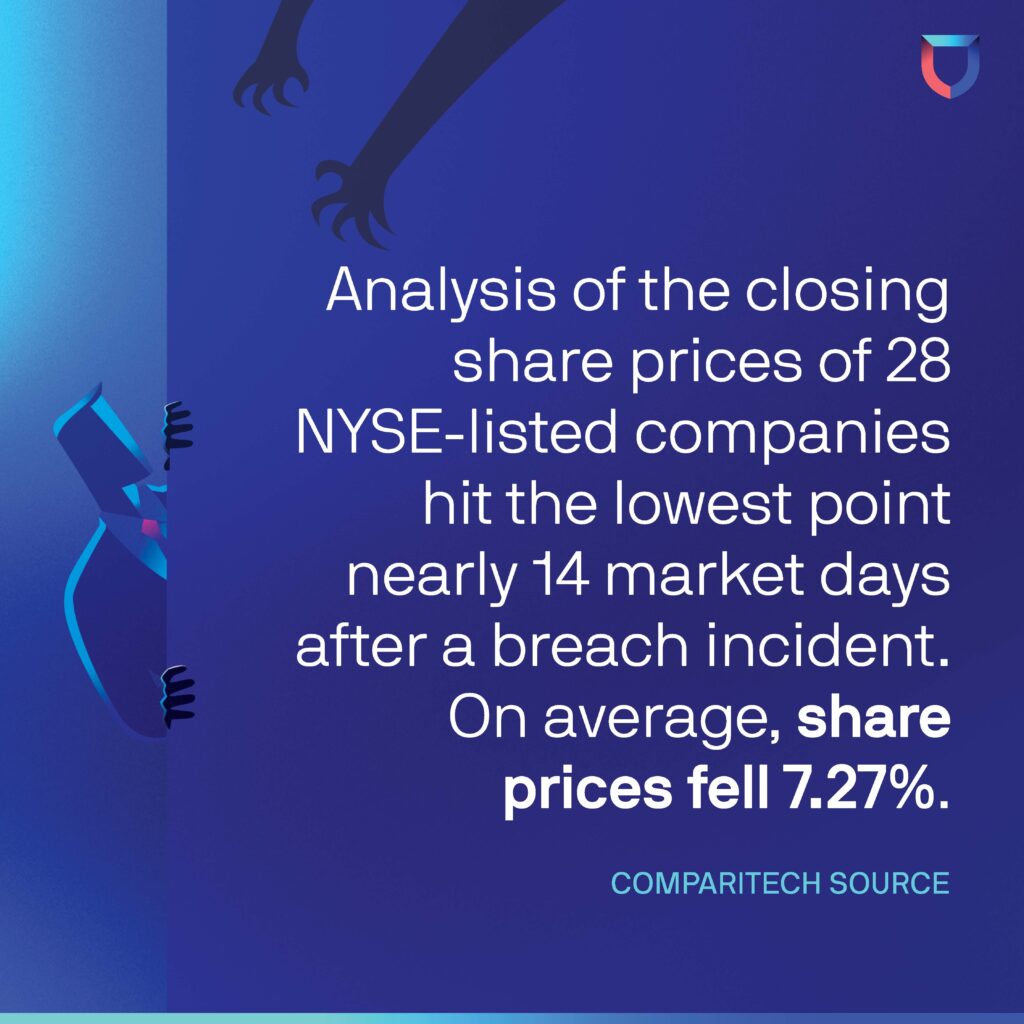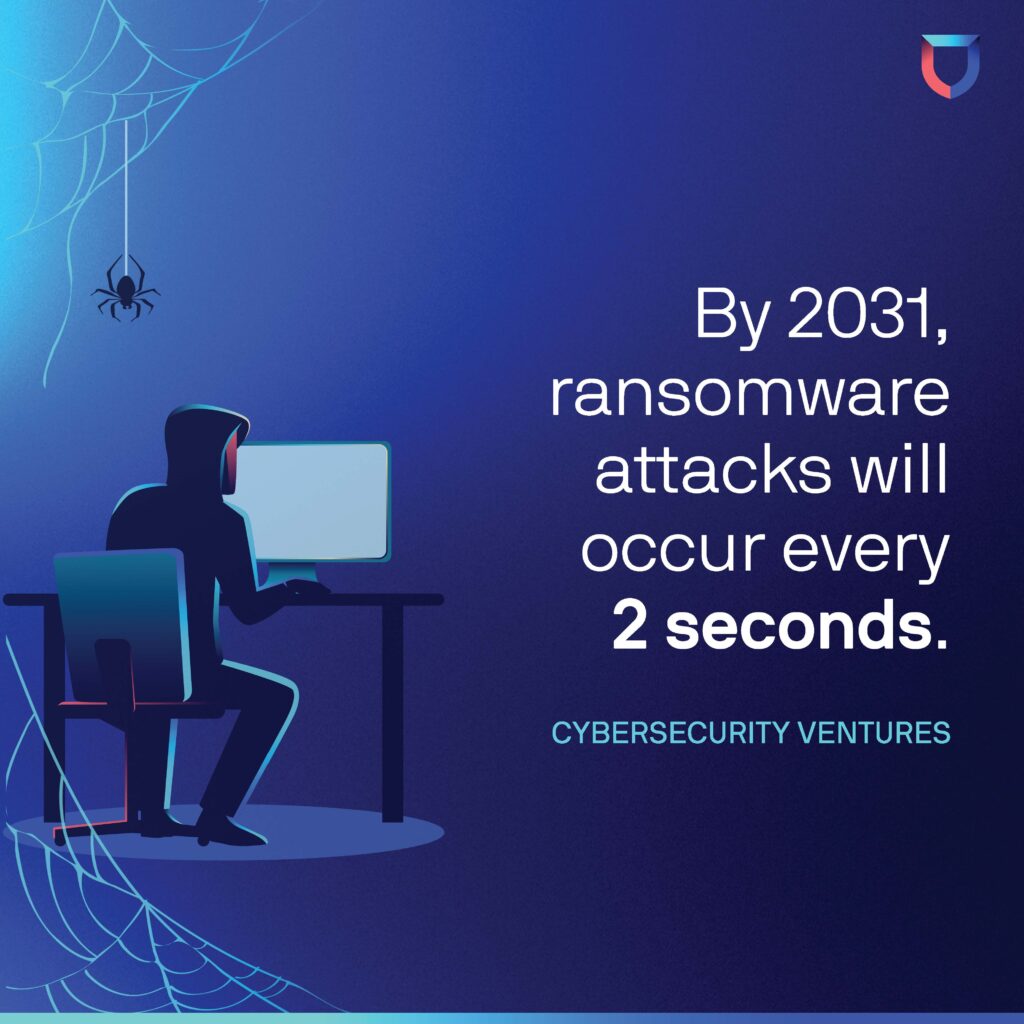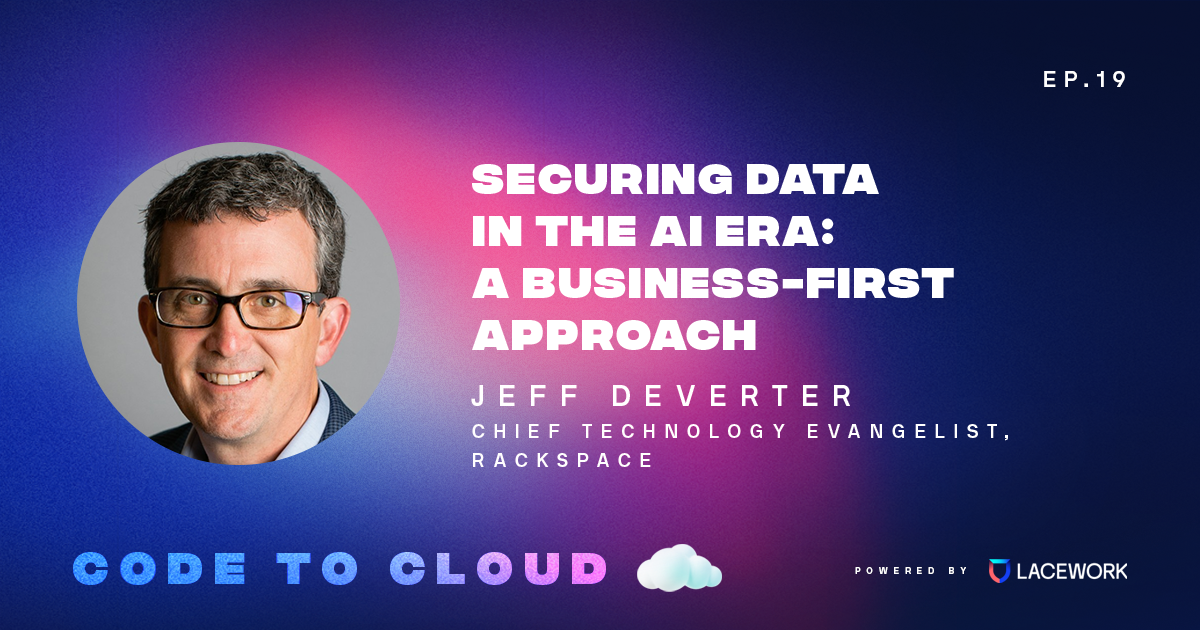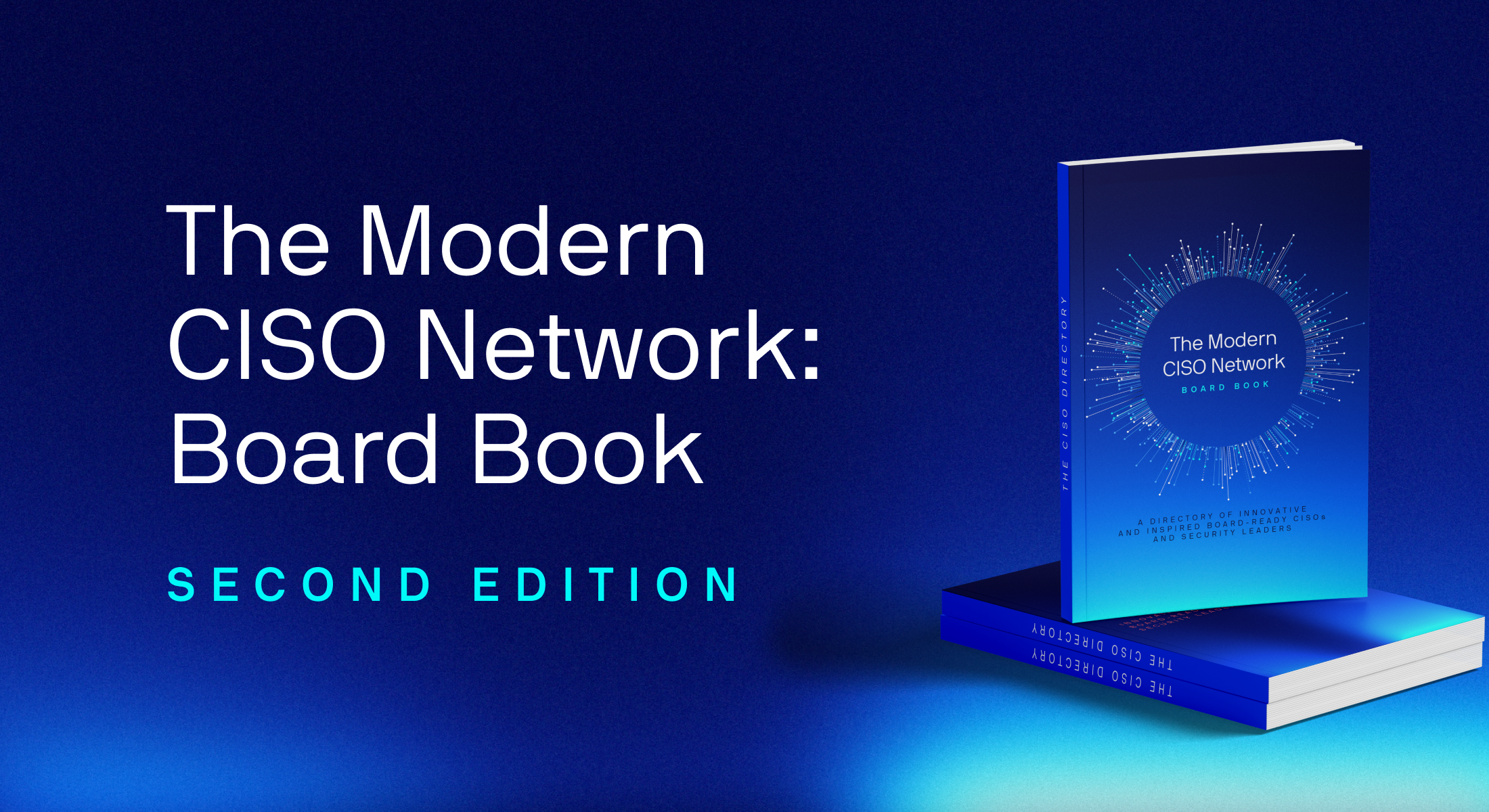13 cyber statistics to haunt your Halloween
Forget haunted houses and graveyards — cybersecurity professionals know all too well that the scariest stories come from the cyber world. In the spirit of Halloween, we’ve excavated 13 terrifying cybersecurity statistics that might just send a chill down your spine.
1. The chilling cost of breaches
In the United States, the average cost of a data breach is $9.48 million.

2. A graveyard of lost data
In the first three months of 2023, data breaches exposed more than six million data records globally.
3. The lingering shadow of a breach
The average lifecycle of a breach is 277 days. More hair-raising is the fact that it takes around 204 days just to identify these threats. Once identified, it takes another 73 days to contain them.
4. Curse of the stolen credentials
Compromised credentials, which are responsible for about 15% of all breaches, take a nerve-wracking 328 days to identify and contain.
5. The scariest culprit: You?
Human error is the primary cause of cybersecurity breaches, accounting for 95% of all data breaches.

6. Witching hour on Wall Street
After a breach, the closing share prices of affected NYSE-listed companies plummeted by an average of 7.27%, hitting their lowest point nearly 14 market days after the breach.

7. The rising cost of cybercrime
Brace yourself — cybercrime costs are set to reach $10.5 trillion by 2025.
8. Ransom’s grim reaper
By 2031, ransomware damages will skyrocket to about $265 billion annually, with a new attack occurring every 2 seconds.

9. Healthcare horror
The healthcare sector has it the hardest, suffering an average data breach cost of almost $11 million — an increase of 53% since 2020.
10. The terrifying toll of neglecting AI
Companies that don’t use security AI and automation spend nearly $1.8 million more on data breach costs than the companies using those technologies.
11. Alarming potential for cloud catastrophes
By 2025, the total amount of data stored in the cloud will reach 200 zettabytes — which will be 50% of the world’s data at that time. With so much data in the cloud, companies using legacy tools or outdated security measures could be at risk.
12. Rogue rituals cause security scares
By 2027, 75% of employees will acquire, modify, or create technology outside the IT department’s radar – a significant leap from 41% in 2022. If employees don’t have the knowledge or experience to do so securely, this could spark a blaze of security scares.
13. Cloudy nightmares
The scariest truth is that breaches are inevitable. With 82% of breaches involving data stored in the cloud, it’s more important than ever to have a plan in place to react to breaches quickly and effectively.
Steer clear of haunting cyber threats
There you have it — a stark reminder of the cyber scares we face every day. While Halloween comes once a year, the lessons from these statistics are evergreen:
- Everyone is responsible: Security shouldn’t be the sole concern of IT, developers, or even security teams. Everyone, from top-level executives to entry-level employees, should understand and enforce strong security practices.
- Prioritize cybersecurity awareness: The best way to spread awareness? Steer clear of long, mundane training sessions. Opt for concise, impactful micro-trainings throughout the year. It’s digestible, effective, and ensures security remains top-of-mind.
- Prevent early; respond quickly: Vulnerabilities are costlier to rectify post-production, which means it’s imperative to address potential risks upfront. While it’s important to foster a culture of proactive security measures, recognize that there will always be some threats that slip through the cracks. Implement strategies to identify and remediate those threats as quickly as possible.
- Trust is everything: In an era where consumer trust can make or break a brand, it’s important to recognize and leverage cybersecurity as a tool for building trust.
With diligence, awareness, and the right strategies, organizations can avoid being haunted by breaches and loss of trust. To stay up to date with the latest tips and tricks from cybersecurity leaders, listen and subscribe to Code to Cloud, our biweekly podcast where we talk to cybersecurity experts from around the world.



